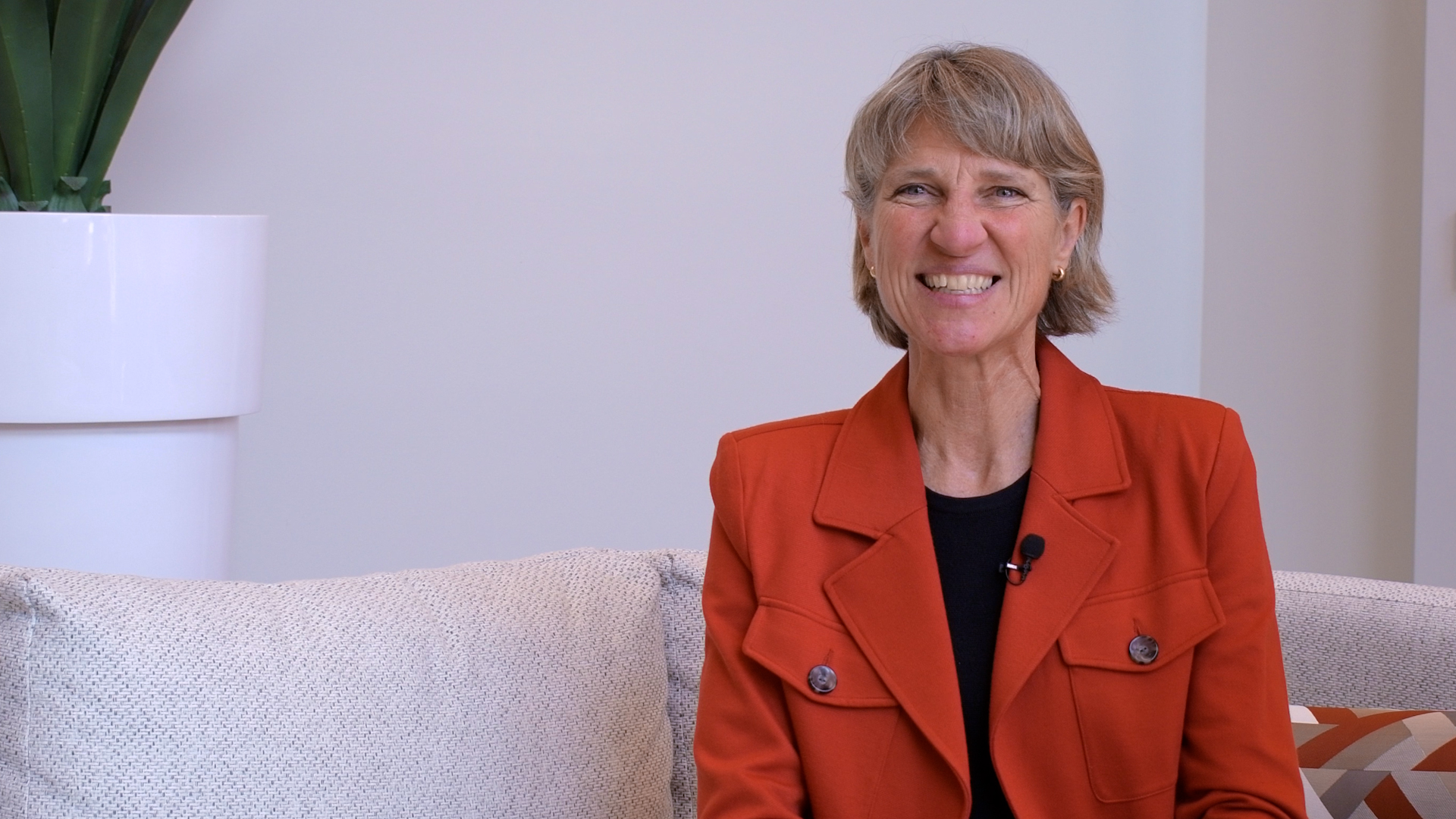New Volume on Undergraduate Women in STEM

Equal gender representation remains an issue in STEM fields, affecting the success of undergraduate women across STEM disciplines and departments, institutional types and backgrounds. Yet, the gender gap is experienced differently across these conditions. Increasing evidence of this issue has shown the complexity of the problem and has demonstrated the need for further rigorous research with accessible implications for institutional, scholarly and policy stakeholders.
Published on Feb. 22, 2019, a multi-authored volume responds to this need, synthesizing and advancing the field’s knowledge on undergraduate gender gaps in STEM. Florida State University Assistant Professor Lara Perez-Felkner and NC State College of Education Professor Joy Gaston Gayles edited this volume, with six substantive chapters in New Directions in Institutional Research volume 179. Chapter authors were drawn from research teams at Florida State University, NC State, UCLA, University of Wisconsin-Madison and Northwestern University.
Key findings include:
- Women are especially underrepresented among STEM bachelor’s degree recipients at the higher and highest research-intensive institutions, where much of the most cutting-edge scientific research is based. The consequences of this systemic talent loss affecting not only the success of current and future students, but also that of institutions’ STEM departments and research labs, with wider implications for the labor force and who can participate in and contribute to our increasingly technological economy (Perez-Felkner, Chapter One; Šaras, Perez-Felkner, and Nix, Chapter Six).
- Women faculty and women of color faculty in particular matter for undergraduate women students’ STEM degree attainment, especially at research-intensive institutions (Šaras et al., Chapter Six). The presence of women peers matters as well; promoting collaborative climates and peer supports within STEM departments and disciplines may further enhance and facilitate women’s STEM success.
- Hiring and retaining women of color faculty promotes the success of underrepresented women STEM students and students in general (Gaston Gayles and Smith, Chapter Two; Trautvetter, Chapter Five).
- While findings by institution type vary, as do the populations of students within them, we find throughout that institutions which promote women’s success – as students and as faculty – have greater success with graduating women in STEM fields, a metric of notable importance in our increasingly performance metrics-driven climate (Šaras et al., Chapter Six).
- Even at less-resourced institutions like community colleges, administrative and transcript data offer the potential to better examine gender gaps in STEM, to perhaps inform ways to facilitate more welcoming environments. Most community college enrollees are women whose responsibilities, experiences, and circumstances may shape their pathways towards and away from STEM fields (Wang and Wickersham, Chapter Four).
- Underrepresentation in STEM fields varies by discipline, and institutional researchers need to attend to these distinctions in their data collection, analysis, and interpretations (Sax & Newhouse, Chapter Three).
- Overall, our results suggest that institutional investment in achieving gender parity pays off, not only for institutional reporting of student success metrics, but also for supporting the women striving to graduate and pursue careers in STEM fields.
Joy Gaston Gayles is a professor of higher education and program coordinator at the NC State College of Education. Her research examines the experiences of underrepresented women and people of color in science, technology, engineering and mathematics (STEM).
Lara Perez-Felkner is an assistant professor of higher education and program coordinator at Florida State University as well as an affiliate of the Center for Postsecondary Success and the Hope Center for College, Community and Justice. Her research investigates gender, racial-ethnic, institutional, and socioeconomic disparities in post-secondary educational attainment and entry to STEM fields.
This post was originally published by Florida State University College of Education and reused with permission.
- Categories:


